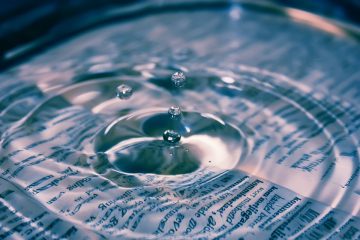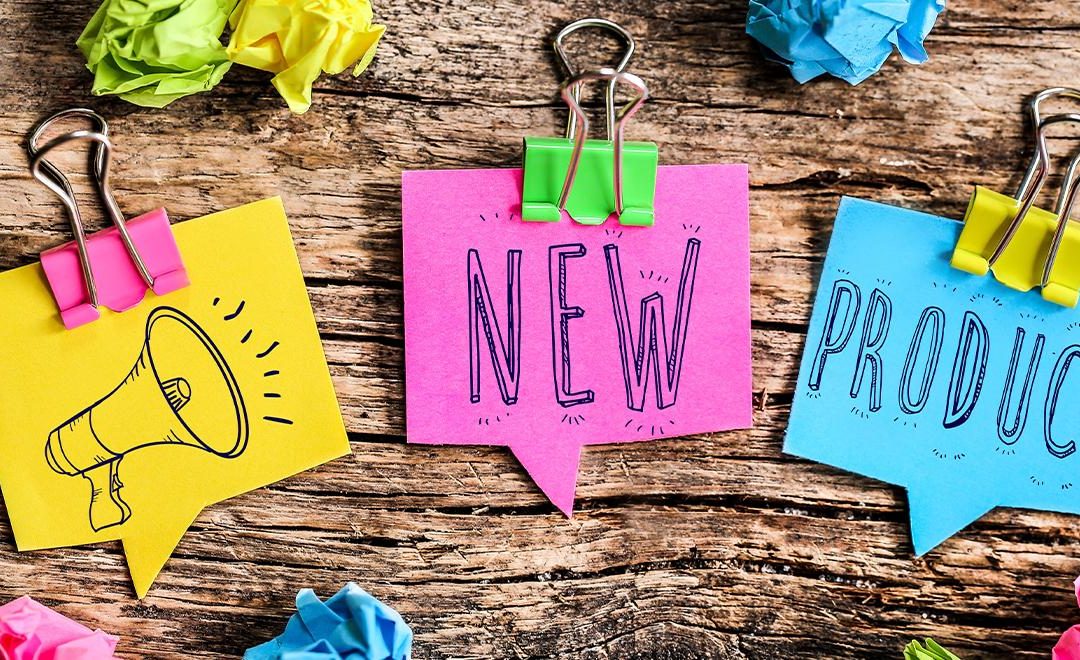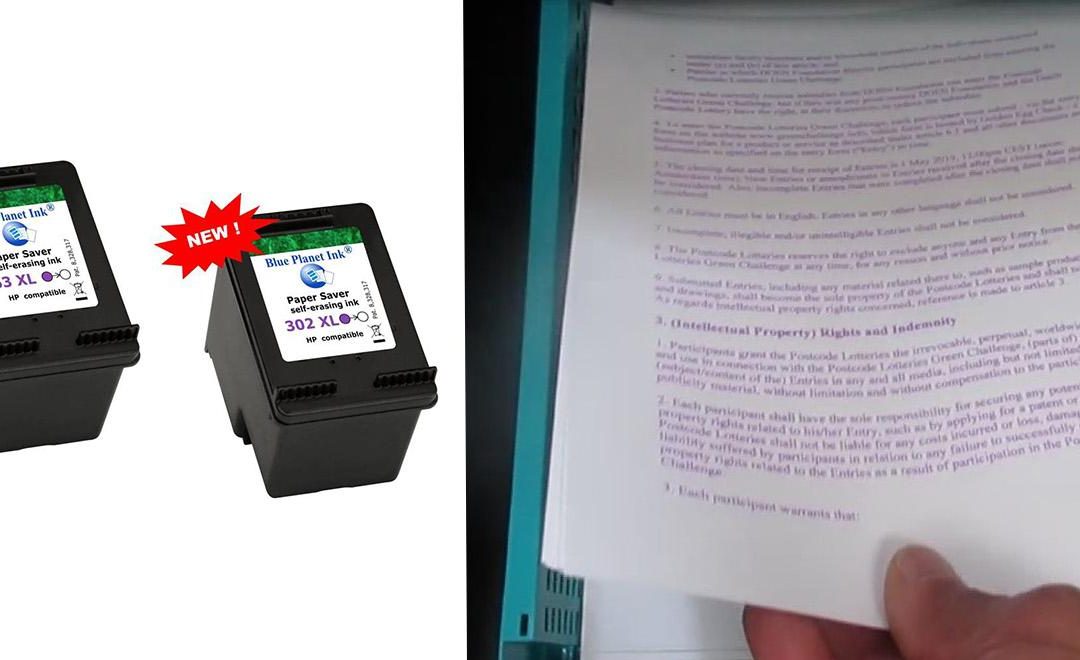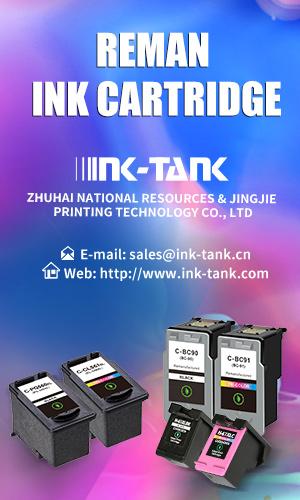
The researchers have come up with a way to print using sound waves to create droplets from liquid.
As eurasiareview reveals, this new printing method involves harnessing sound waves “to generate droplets from liquid with an unprecedented range of composition and viscosity.”
This development could have a wide range of applications, allowing the manufacture of “many new biopharmaceuticals, cosmetics, and food”.
“By harnessing acoustic forces, we have created a new technology that enables myriad materials to be printed in a drop-on-demand manner,” said Jennifer Lewis, the Hansjorg Wyss Professor of Biologically Inspired Engineering at the Harvard John A. Paulson School of Engineering and Applied Sciences
Lewis is the senior author of the study which pioneered this method, with the research being published in Science Advances.
Liquid droplets are commonly used for a wide variety of printing purposes, particularly in inkjet printing. However, “it’s only suitable for liquids that are roughly 10 times more viscous than water”, whereas the fluids that pique the interest of researchers have a much higher viscosity.
“Our goal was to take viscosity out of the picture by developing a printing system that is independent from the material properties of the fluid,” said Daniele Foresti, first author of the paper, the Branco Weiss Fellow and Research Associate in Materials Science and Mechanical Engineering at SEAS and the Wyss Institute.
To accomplish this, researchers opted to use sound waves “to assist gravity”, thereby creating a new printing process they have named acoustophoretic printing.
“The idea is to generate an acoustic field that literally detaches tiny droplets from the nozzle, much like picking apples from a tree,” said Foresti.
The process was tested on a “wide range of materials from honey to stem-cell inks, biopolymers, optical resins and, even, liquid metals.”
“Our technology should have an immediate impact on the pharmaceutical industry,” said Lewis. “However, we believe that this will become an important platform for multiple industries.”
“This is an exquisite and impactful example of the breadth and reach of collaborative research,” said Dan Finotello, director of NSF’s MRSEC program. “The authors have developed a new printing platform using acoustic-forces, which, unlike in other methods, are material-independent and thus offer tremendous printing versatility. The application space is limitless.”









